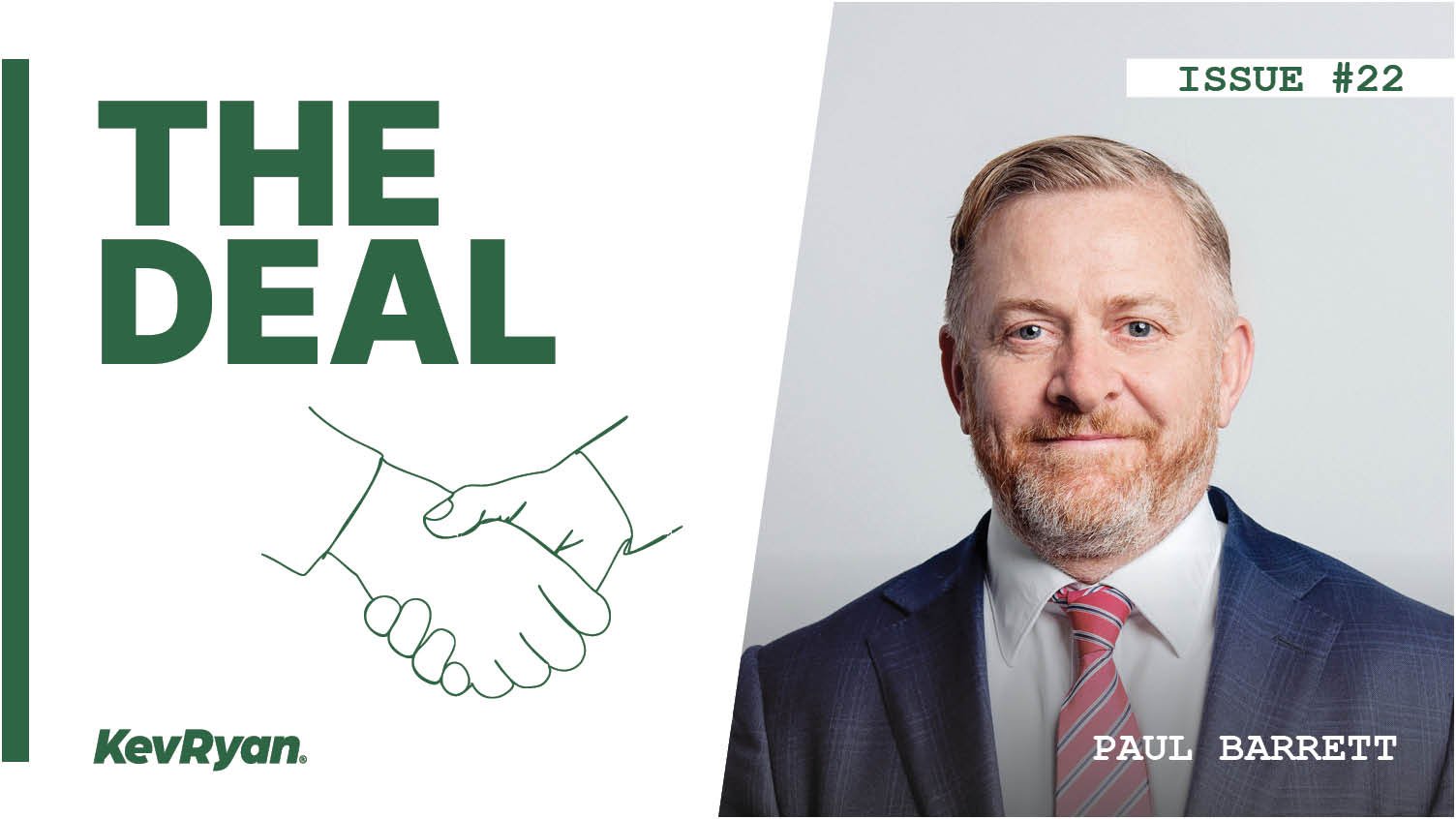Merge to retire: Why selling your practice shouldn’t feel like jumping off a cliff
WRITTEN BY: KEV RYAN
If you’re an accounting firm owner whose identity and passion is closely linked to your business, the concept of selling can be frightening. Fortunately, there’s a much better way that makes those final few years in business engaging and rewarding.
As I’ve worked with accountants around Australia over many years, I’ve heard the same story over and over again from firm owners, and it’s a very human one. They tell me that although they know the time is coming up for them to consider selling the business they have built, they’re not quite ready.
“Maybe in three to five years”, they say.
But when I check back in, nothing has changed. At least, there are no new staff, no new systems and no new processes. What does change is the fact that their fee base has often reduced, meaning their asset’s value is declining. Plus, of course, they’re more tired than they were last time we spoke.
That hesitation has nothing to do with money and everything to do with identity. And it makes absolute sense. For owners of small firms, the business isn’t just what they do. It’s who they are. The concept of them going from working in that business on a Friday to being unemployed (and potentially irrelevant) on a Monday, is understandably terrifying.
That’s why I developed Merge To Retire™, a process that enables the gradual transition out of a practice, or into a related but minimised role, which helps preserve the vendor’s sense of value and purpose and which can actually build powerful, new relationships and business value during the last few years before retirement.
It’s not just about ensuring a successful transaction, it’s also about a final few years in business designed by the vendor.
What is Merge To Retire?
Most importantly, Merge To Retire is still a sale. It is about ensuring a transaction occurs. The difference is that it is structured in a way that makes it professionally and personally more palatable. It removes the sudden shock of a sale and properly prepares the business, the buyer and the vendor for what’s to come.
Instead of “selling up”, the vendor is “merging in”. That might be into a younger, faster, more resourced firm that can take on the administrative functions – the work that few founders enjoy – as well as the staffing challenges, etc. In doing so, they free the vendor up to do what it is they’re most passionate about, working with clients and ensuring a smooth transition potentially over several years.
It's good for the vendor and it’s excellent for the acquiring firm. The vendor still has a vital role to play, without the weight of business ownership or the tasks that have increasingly drained their energy over the last several years.
And it’s not just theoretical. This is something I’ve helped dozens of clients achieve. Some have been able to shift almost immediately into a business development role that engaged the vendor, but also produced early wins for the acquirer, boosting the final value of the business. Sometimes we have structured deals around that exact concept.
It results in the vendor earning more for the sale of the business, having the ability to wind down their hours before retirement, and developing lots of really healthy, new relationships during that time.
While there’s always an agreed end date for the vendor’s paid involvement, some have ended up coming back regularly, even just for an hour or two each month, in a mentoring type of role.
The mechanics of Merge to Retire
The transition period, while it could last for any agreed time, typically runs for three years. The vendor might start at four or five days a week and gradually work down to one or two days, offering them more time with their grandkids, etc.
The vendor, while they have sold their business, is paid a salary throughout this time. They also receive a staged payout for the value of their business. Often that’s paid in three instalments over the period of the transition.
This approach means:
The cashflow cliff that can come with an immediate, lump-sum sale is avoided;
The acquirer has more time to be introduced to clients, and to absorb the culture and any staff members, and;
The vendor has time to discover a new sense of purpose and identity outside of the business.
What if you’re not ready, yet?
If you feel you’re not ready to sell, that’s fine. It’s the way most people feel. But in subtle ways, your business is probably letting you know.
From what I’ve seen, when a business owner is simply holding on, the firm is likely losing value each year. In the meantime, the clients that remain are beginning to wonder whether there’s a succession plan.
By merging now, by doing it before you’re forced to, you maintain control. You also get to choose your partner, find a cultural and commercial fit and ensure your clients are well looked after as you watch over their transition into the new business. You’re probably also able to design your own role in the business.
As your advisor throughout the sale, we help you get merge-ready by running a strategic planning and gap analysis process. We then help you find the perfect fit, someone who will carry the business forward with you.
The entire process is a respectful, flexible and human one, which is why it tends to work well for everybody involved.
So, if the thought of selling for retirement causes some concern, or if you’re not quite ready but you know you can’t keep doing this forever, let’s talk. Send an email to kev@kevryan.au and we’ll book in a chat.
MORE ISSUES






























